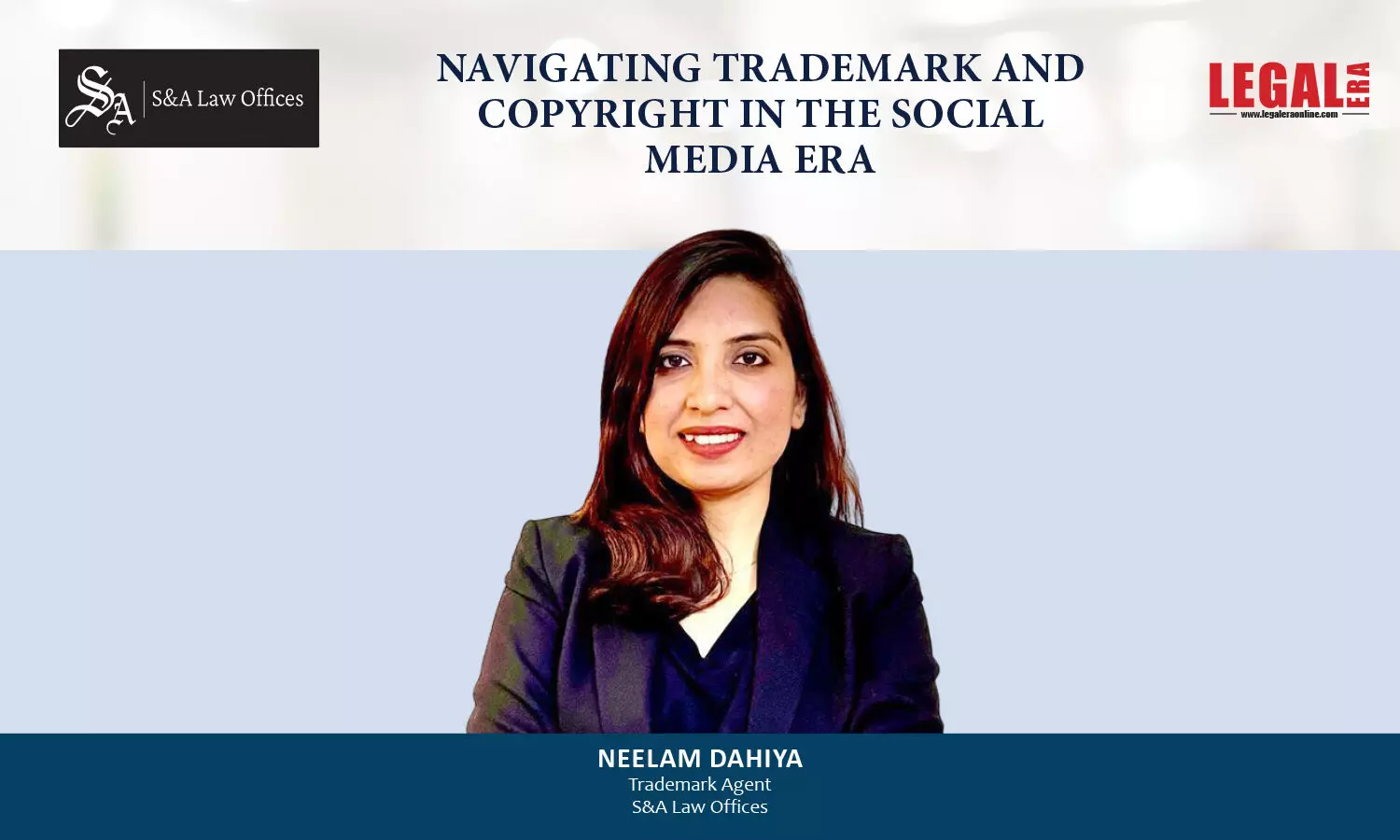- Home
- News
- Articles+
- Aerospace
- Artificial Intelligence
- Agriculture
- Alternate Dispute Resolution
- Arbitration & Mediation
- Banking and Finance
- Bankruptcy
- Book Review
- Bribery & Corruption
- Commercial Litigation
- Competition Law
- Conference Reports
- Consumer Products
- Contract
- Corporate Governance
- Corporate Law
- Covid-19
- Cryptocurrency
- Cybersecurity
- Data Protection
- Defence
- Digital Economy
- E-commerce
- Employment Law
- Energy and Natural Resources
- Entertainment and Sports Law
- Environmental Law
- Environmental, Social, and Governance
- Foreign Direct Investment
- Food and Beverage
- Gaming
- Health Care
- IBC Diaries
- In Focus
- Inclusion & Diversity
- Insurance Law
- Intellectual Property
- International Law
- IP & Tech Era
- Know the Law
- Labour Laws
- Law & Policy and Regulation
- Litigation
- Litigation Funding
- Manufacturing
- Mergers & Acquisitions
- NFTs
- Privacy
- Private Equity
- Project Finance
- Real Estate
- Risk and Compliance
- Student Corner
- Take On Board
- Tax
- Technology Media and Telecom
- Tributes
- Viewpoint
- Zoom In
- Law Firms
- In-House
- Rankings
- E-Magazine
- Legal Era TV
- Events
- Middle East
- Africa
- News
- Articles
- Aerospace
- Artificial Intelligence
- Agriculture
- Alternate Dispute Resolution
- Arbitration & Mediation
- Banking and Finance
- Bankruptcy
- Book Review
- Bribery & Corruption
- Commercial Litigation
- Competition Law
- Conference Reports
- Consumer Products
- Contract
- Corporate Governance
- Corporate Law
- Covid-19
- Cryptocurrency
- Cybersecurity
- Data Protection
- Defence
- Digital Economy
- E-commerce
- Employment Law
- Energy and Natural Resources
- Entertainment and Sports Law
- Environmental Law
- Environmental, Social, and Governance
- Foreign Direct Investment
- Food and Beverage
- Gaming
- Health Care
- IBC Diaries
- In Focus
- Inclusion & Diversity
- Insurance Law
- Intellectual Property
- International Law
- IP & Tech Era
- Know the Law
- Labour Laws
- Law & Policy and Regulation
- Litigation
- Litigation Funding
- Manufacturing
- Mergers & Acquisitions
- NFTs
- Privacy
- Private Equity
- Project Finance
- Real Estate
- Risk and Compliance
- Student Corner
- Take On Board
- Tax
- Technology Media and Telecom
- Tributes
- Viewpoint
- Zoom In
- Law Firms
- In-House
- Rankings
- E-Magazine
- Legal Era TV
- Events
- Middle East
- Africa

Navigating Trademark And Copyright In The Social Media Era
Navigating Trademark And Copyright In The Social Media Era

Navigating Trademark And Copyright In The Social Media Era Introduction In the age of social media, the dynamics of intellectual property have evolved significantly. Platforms like Facebook, Instagram, Twitter, Youtube have transformed how content is created, shared and consumed, posing new challenges and opportunities for trademark and copyright law. This article explores these concepts...
To Read the Full Story, Subscribe to Legal Era News
Access Exclusive Legal Era Stories, Editorial Insights, and Expert Opinion.
Already a subscriber? Sign in Now
Navigating Trademark And Copyright In The Social Media Era
Introduction
In the age of social media, the dynamics of intellectual property have evolved significantly. Platforms like Facebook, Instagram, Twitter, Youtube have transformed how content is created, shared and consumed, posing new challenges and opportunities for trademark and copyright law. This article explores these concepts in the context of the digital landscape.
COPYRIGHT IN THE SOCIAL MEDIA LANDSCAPE
Copyright law, designed to protect original work of authorship, now contends with the spread of user-generated content. Every post, video, image and meme created and shared on social media platforms is potentially subject to copyright protection, provided it meets the originality and fixation criteria. However, the ease of sharing and remixing content blurs the lines of ownership and rights.
Challenges:
1. Infringement: Users often unknowingly infringe on copyright by reposting or repurposing content without permission. This is worsened by the viral nature of social media, where content can spread rapidly, often detached from its original creator.
2. Enforcement: Policing copyright infringement on social media is daunting. Platforms rely on automated systems and user reports to identify and remove infringing content, but these methods are not foolproof. The Digital Millennium Copyright Act (DMCA) take down notices are a primary tool, yet they can be misused or fail to address the rapid re-uploading of content.
3. Fair use: The doctrine of fair use, which allows limited use of copyrighted material without permission for purposes like commentary, criticism, or parody, is frequently invoked. However, its application is highly context-dependent and not always clear-cut leading to legal ambiguities.

Opportunities
1. Content Monetization: Social media offers new revenue streams for creators through partnerships, sponsorships, and ad revenue sharing. Copyright law supports these opportunities by enabling creators to license their works.
2. Creative Commons: Many creators use Creative Commons licenses to grant permissions upfront, facilitating legal sharing and remixing of their works. This has fostered a culture of collaboration and innovation on social media.
TRADEMARKS IN THE SOCIAL MEDIA ECOSYSTEM
Trademarks, which protect brand names, logos, and other identifiers, face unique challenges on social media. The instantaneous and global nature of these platforms can amplify both the benefits and risks associated with trademarks.
Challenges:
1. Brand Misuse: Social media can be a source for brand misuse, including counterfeit goods, unauthorized use of trademarks, and parody accounts. Such misuse can dilute brand value and confuse consumers.
2. Username Squatting: The practice of registering user names or handles that incorporate well-known trademarks with the intent to sell them to the trademark owners can be problematic. Social media platforms have policies against this, but enforcement is inconsistent.
3. Reputation Management: Negative comments and reviews can quickly damage a brand’s reputation. While trademarks don’t protect against criticism, companies must navigate the fine line between addressing false statements and respecting free speech.
Opportunities:
1. Brand Building: Social media is a powerful tool for building and strengthening brand identity. Effective use of trademarks can enhance visibility and consumer loyalty.
2. Engagement: Trademarks can facilitate direct engagement with consumers, creating opportunities for brands to interact with their audience in meaningful ways. This engagement can build trust and drive brand advocacy.
3. Monitoring Tools: Advanced analytics and monitoring tools enable brands to track trademark usage and detect infringement more efficiently. This proactive approach helps in protecting trademark rights more effectively.
BALANCING RIGHTS AND INNOVATION
The intersection of IP Law and social media requires a balance between protecting rights and fostering innovation. Both copyright and trademark laws must adapt to the realities of digital communication without stifling creativity or free expression. Key to this balance is the role of social media platforms, which must continue to refine their policies and technologies to support IP protection while encouraging the vibrant, dynamic nature of online content creation.
CONCLUSION:
The social media era has reshaped the landscape of copyright and trademark law, presenting both challenges and opportunities. Creators and brands must be vigilant and proactive in protecting their intellectual property while navigating the complex and evolving digital environment. By understanding and leveraging the tools and protections available, they can thrive in this dynamic ecosystem, ensuring their works and brands remain secure and influential.
Disclaimer: This article was first published in the S&A Law Offices - 'Intellectual Property (IP-Tech)' newsletter in May 2024.


